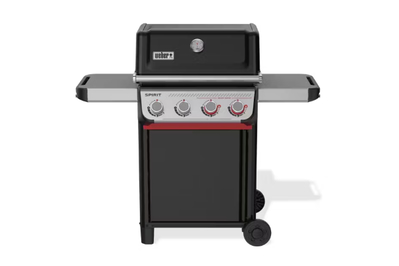Do Product Specs Matter? Here’s Why Thread Count, Lumens, and Wattage Might Be Misleading.

When you’re sizing up a gas grill, it’s tempting to zero in on the biggest Btu number you see — more heat must mean better grilling, right? Not necessarily, says Wirecutter kitchen editor Marilyn Ong.
British thermal units, abbreviated as Btu, measure the heat output of burners. On three-burner grills, the total count tends to vary between 30,000 Btu and 40,000 Btu, but our kitchen experts have found that it’s just as important (if not more) that those British thermal units are applied efficiently, steadily, and evenly across the grates.
“In theory, a grill with 40,000 Btu might seem hotter or stronger than a grill with 30,000 Btu,” Marilyn says. “However, how you actually experience those Btus while cooking on those grills can still vary a lot.”
When scouring gas grill specs, Marilyn says, it can help to do some math to assess the grill’s power. “For instance, if a four-burner grill is listed as 30,000 Btu, it’s likely each burner is roughly giving 8,000 Btu,” she explains. “But if a three-burner grill is listed at 30,000 Btu, then each burner is outputting 10,000 Btu, so you’re going to get a little more firepower from each burner in the latter case.”
Our top-pick grill from Weber, for example, outputs 35,000 Btu across four burners, which means that each burner runs at about 8,750 Btu.







